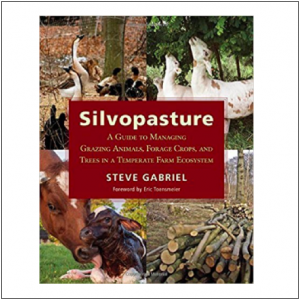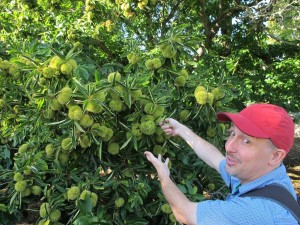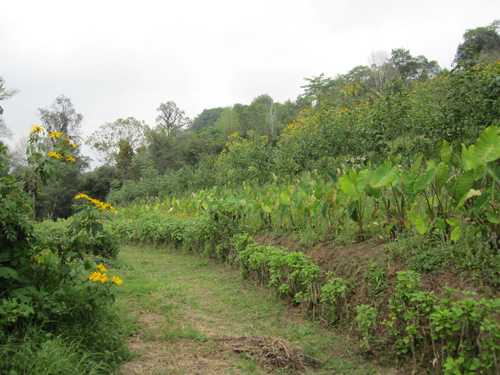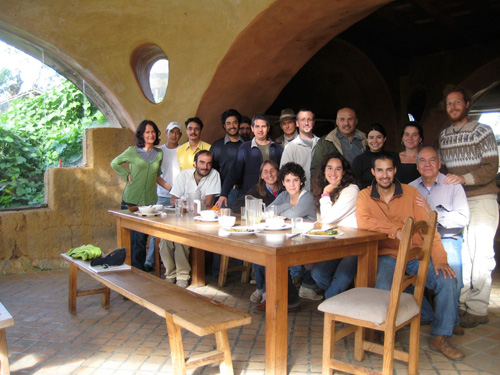The Apios Institute for Regenerative Perennial Agriculture has spent several years developing a user–generated resource on food forests. Users can add content on species, polycultures, and sites. This content ranges from videos, text, recipes, and photos, and emphasizes personal experience or direct observation of species in other gardens and the wild. Thus far we have focused on cold climates, but we are working on building our system to include (over time) all the world’s climates. We have pilot tested a version in Spanish for Mesoamerica and the Caribbean.
After several years where I posted almost all of the content, I’m very happy to report that we have other users regularly posting fascinating reports. At this point we have roughly one hundred members. Members can choose from paying $25 (US) per year or a free work-trade option if they pledge to provide content.
What’s unique and interesting about the website is that each species profile is linked to every polyculture and garden which contains it, and vice versa. Thus if I look up pawpaw I get not only its ’species page’ with reports on hand–pollination, variety comparisons, reports on tolerance of urban soils, and observations on the species in the wild, but it also links to ‘polyculture pages’ that include pawpaw (black locust-pawpaw, pawpaw-hog peanut-ramps, etc.), and to ‘garden pages’ that profile gardens including pawpaws.
One useful outcome is that we have already gotten some good polycultures replicated on multiple sites. One of our primary aims is to share information on polycultures that work and engage in decentralized, replicated trials.
We chose to focus on personal experience because only the species are so little-known. I’ve written several books about permaculture plants and nobody knows better than me that plants don’t read books, and can behave very differently on different soils and in different sites. Our hope is to gather first-hand experience from multiple sources to build a shared resource for forest gardeners.
We have lots of improvements in mind, though we are an all–volunteer organization so progress doesn’t always keep pace with our ideals. One project I’m very excited about is implementing a user–generated classification system for polycultures. Using tags and other tools we hope, as an online community, to generate a pattern language and typology of polycultures, while simultaneously recording successful and non-successful examples.
Here’s a sample screen shot:











